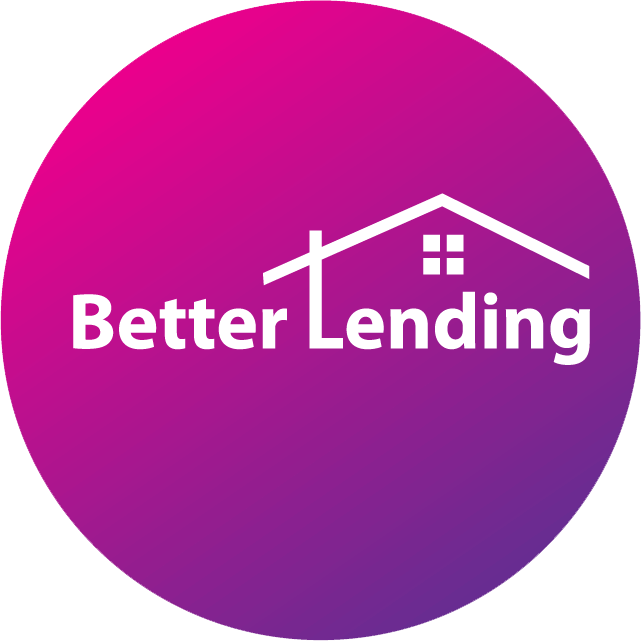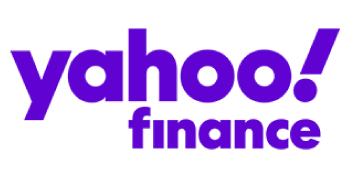The economic landscape is a dynamic force that can have a profound impact on your financial well-being. For homeowners, the ever-evolving economy presents both challenges and opportunities, and understanding the refinancing options available is a vital step in navigating this terrain. In this blog, we will explore the various refinancing options and their relevance in an economy that can shift unexpectedly.
1. Traditional Refinancing:
Traditional refinancing is a well-established method that involves replacing your current mortgage with a new one, typically at a lower interest rate. This approach is especially advantageous when interest rates are low. In a low-interest-rate environment, traditional refinancing can lead to significant savings on your monthly mortgage payments, allowing you to allocate those funds elsewhere in your financial plan.
2. Cash-Out Refinancing:
Cash-out refinancing is a valuable tool for homeowners who have built up equity in their homes. With this option, you can tap into the equity you’ve accrued and receive a cash sum, which can be used for a variety of purposes. Whether you’re looking to make home improvements, consolidate debt, or invest in other opportunities, cash-out refinancing allows you to access the financial resources locked within your property.
3. FHA Streamline Refinance:
For homeowners with FHA loans, the FHA Streamline Refinance is a simplified and cost-effective option. This process reduces paperwork and lowers costs associated with refinancing. Additionally, it may offer lower interest rates, which can translate into substantial savings over the life of your loan.
4. VA Interest Rate Reduction Refinance Loan (IRRRL):
Veterans have a distinct refinancing option in the form of the VA Interest Rate Reduction Refinance Loan (IRRRL). This program streamlines the refinance process for VA loans, making it more accessible and affordable. VA IRRRLs typically offer lower interest rates, and they require minimal documentation, further simplifying the refinancing experience for eligible veterans.
5. HELOC Refinancing:
Home Equity Line of Credit (HELOC) refinancing enables you to replace your existing HELOC with a new one, potentially securing a better interest rate or improved terms. This approach can provide you with a more cost-effective line of credit, which you can use for various purposes, including home renovations or investments.
6. Adjustable-Rate Mortgage (ARM) to Fixed-Rate Refinance:
The financial landscape can be characterized by interest rate fluctuations, which can pose a risk to homeowners with adjustable-rate mortgages (ARMs). In response to a changing economic climate, you can opt to refinance your ARM into a fixed-rate mortgage. This transition provides stability and safeguards you from the uncertainties of interest rate increases, particularly in an uncertain economy.
7. Evaluate Your Goals:
Before proceeding with any refinancing option, it’s essential to evaluate your financial objectives. Are you seeking to reduce your monthly payments, shorten the loan term to build equity faster, or access cash for specific financial endeavors? Each refinancing choice aligns with different goals, so a clear understanding of your objectives will guide your decision-making.
8. Credit and Equity:
Your credit score and the amount of equity you’ve built in your home will significantly impact the refinancing options available to you. A strong credit score and ample equity can secure you more favorable terms, including lower interest rates and reduced closing costs. Therefore, it’s essential to maintain good credit and work on increasing your home equity if you plan to refinance in a changing economy.
In a world where economic stability can often be elusive, understanding the array of refinancing options at your disposal is crucial. These options not only provide financial flexibility but also empower you to adapt to evolving economic conditions while safeguarding your economic well-being and enhancing your overall financial outlook.








